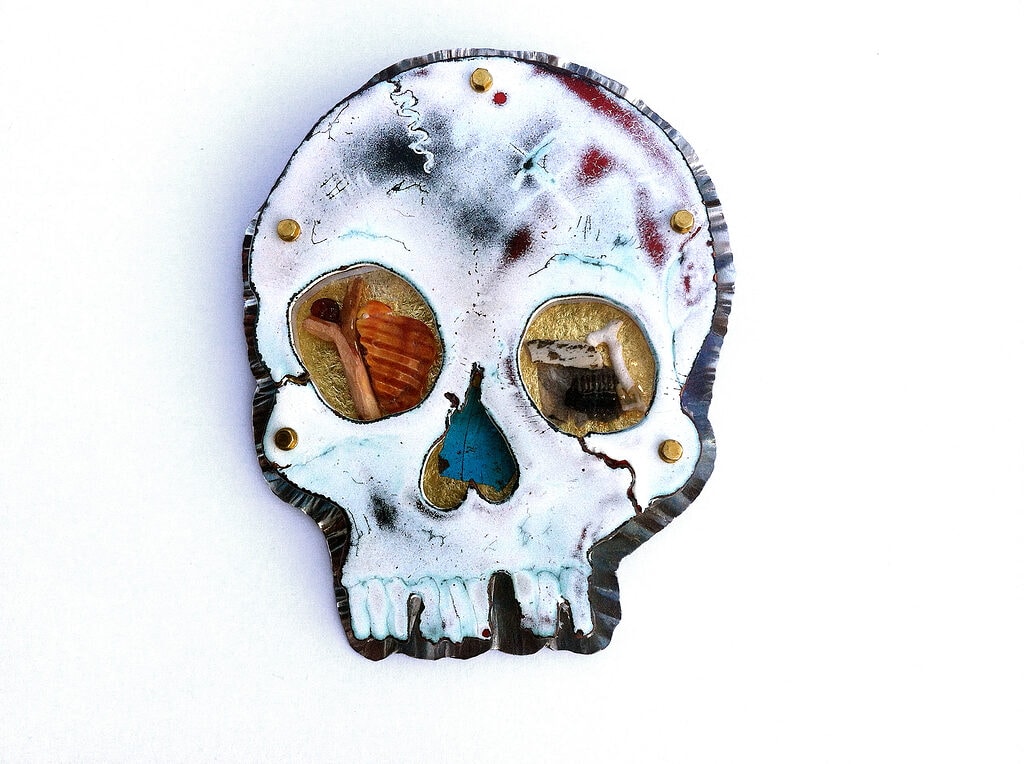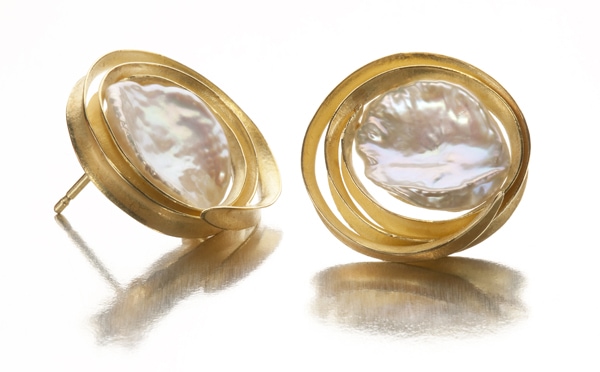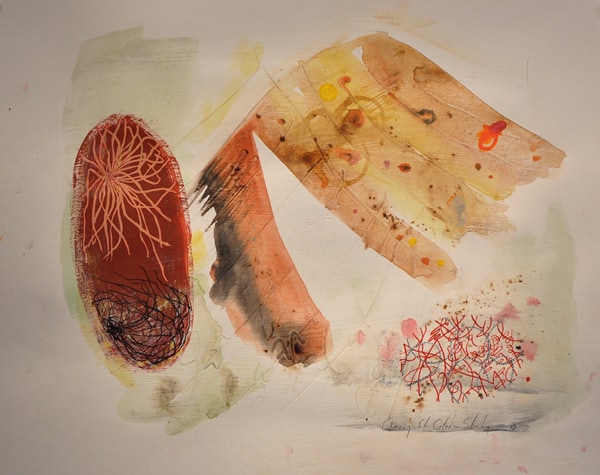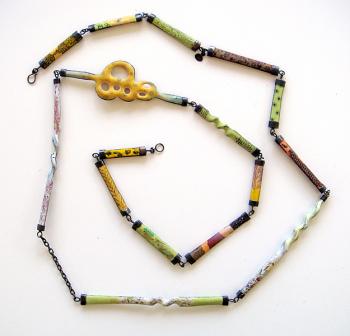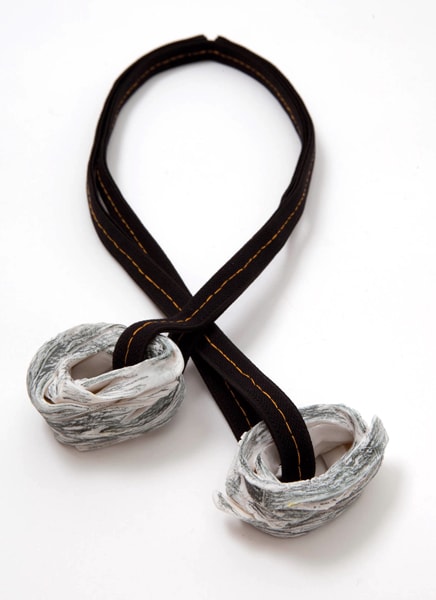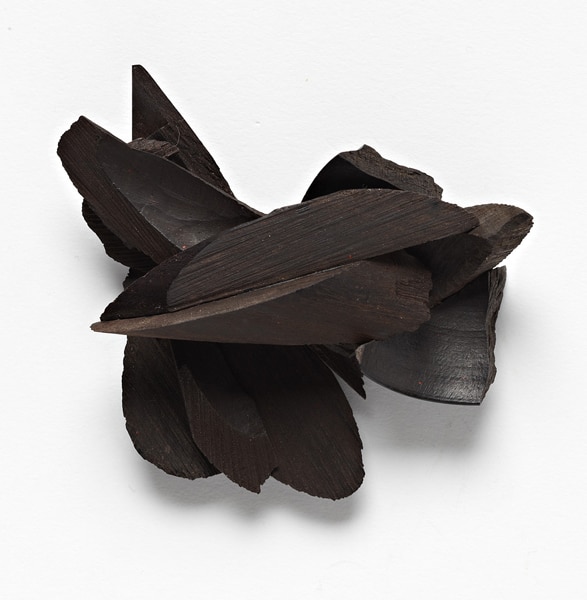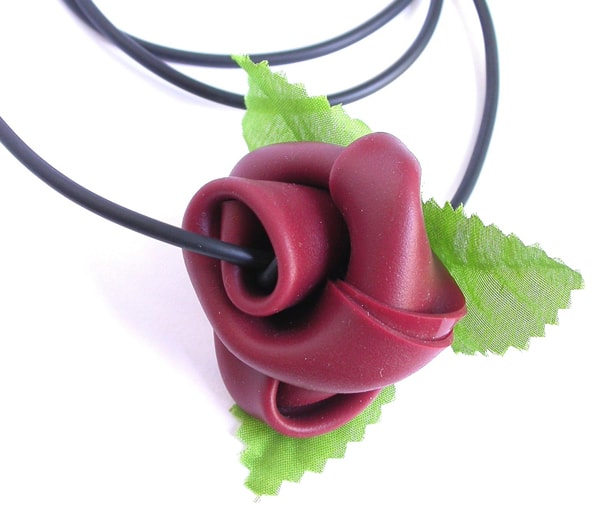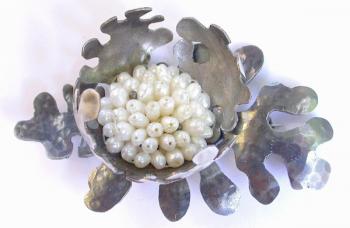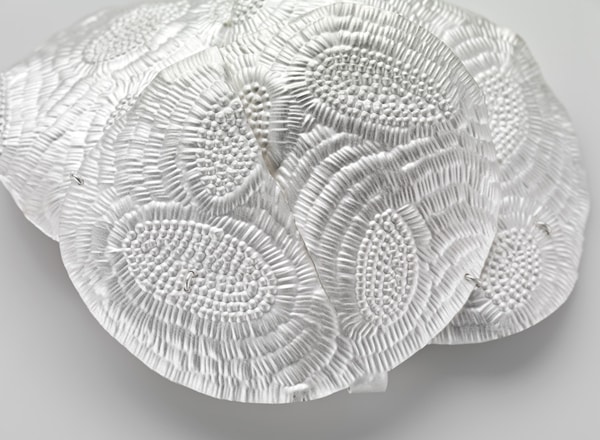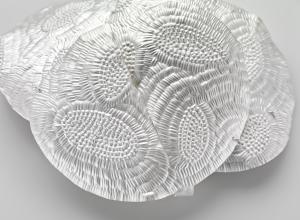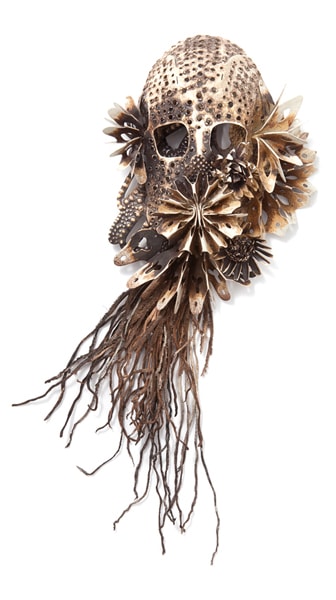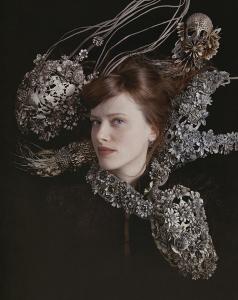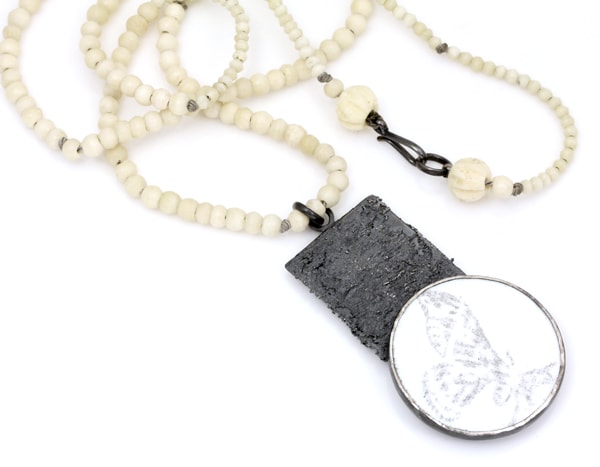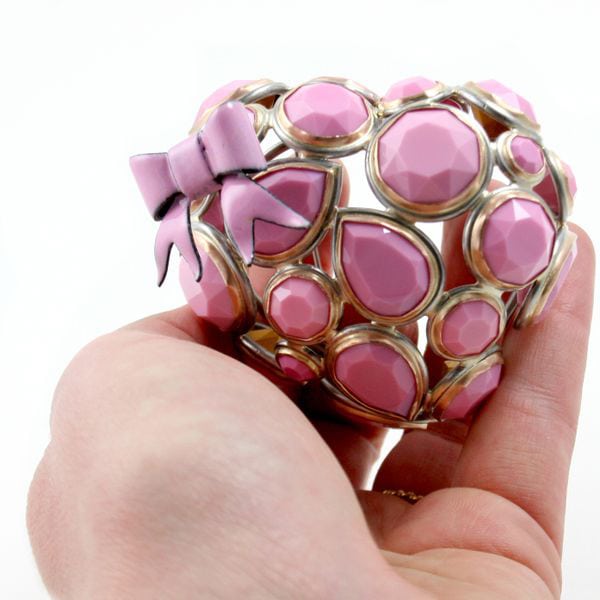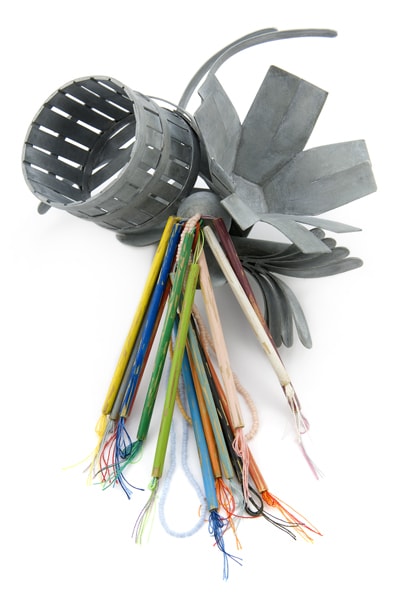Ken Bova
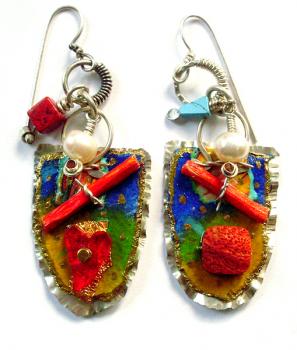 Gravers Lane Gallery in Philadelphia, Pennsylvania, is showing the work of Montana-born jeweler Ken Bova. Ken is currently a professor at the very active East Carolina University in Greenville, North Carolina. This exhibition gave me a chance to find out a bit more about Ken and his work as a jeweler, an enamellist, and unexpectedly as it turns out, a reader.
Gravers Lane Gallery in Philadelphia, Pennsylvania, is showing the work of Montana-born jeweler Ken Bova. Ken is currently a professor at the very active East Carolina University in Greenville, North Carolina. This exhibition gave me a chance to find out a bit more about Ken and his work as a jeweler, an enamellist, and unexpectedly as it turns out, a reader.
Susan Cummins: Ken, can you tell me the story of how you became a jeweler?
Ken Bova: Interestingly (at least to me anyway) while in high school I bought a set of jewelry tools (pliers, a saw frame and a few hammers). I tried to teach myself how to make silver rings and bangle bracelets (without much success I might add) but abandoned it after entering college to study art. The stage was set before university, but I just needed the right nudge and opportunity.
I was working on my BFA with a major in painting and drawing when a professor hired me to help hang wallboard in a studio he was building. Part of this studio was dedicated to a small jewelry making space. In exchange for the help,
I was paid in part with six weeks of jewelry casting lessons. I was hooked. I was only a semester away from getting my degree when I decided that this was it—THE discipline I wanted to pursue as an artist. Because the school had no program in metals, I finished the degree in painting and then transferred to the University of Houston. I studied for a year of post-baccalaureate work with Val Link and Sandie Zilker before applying to graduate schools.
I was convinced I wanted to be a smith and concentrated on raising and forming processes. In graduate school, however, I found myself inexplicably drawn to the wearable—perhaps because of its intimate scale or maybe because working with the brooch format was comfortable and echoed my experience in painting. In any case, I gravitated towards jewelry, and there I’ve stayed.
By the way, I still have the very first piece of jewelry I cast, a sterling silver and tumbled jade stone ring.
